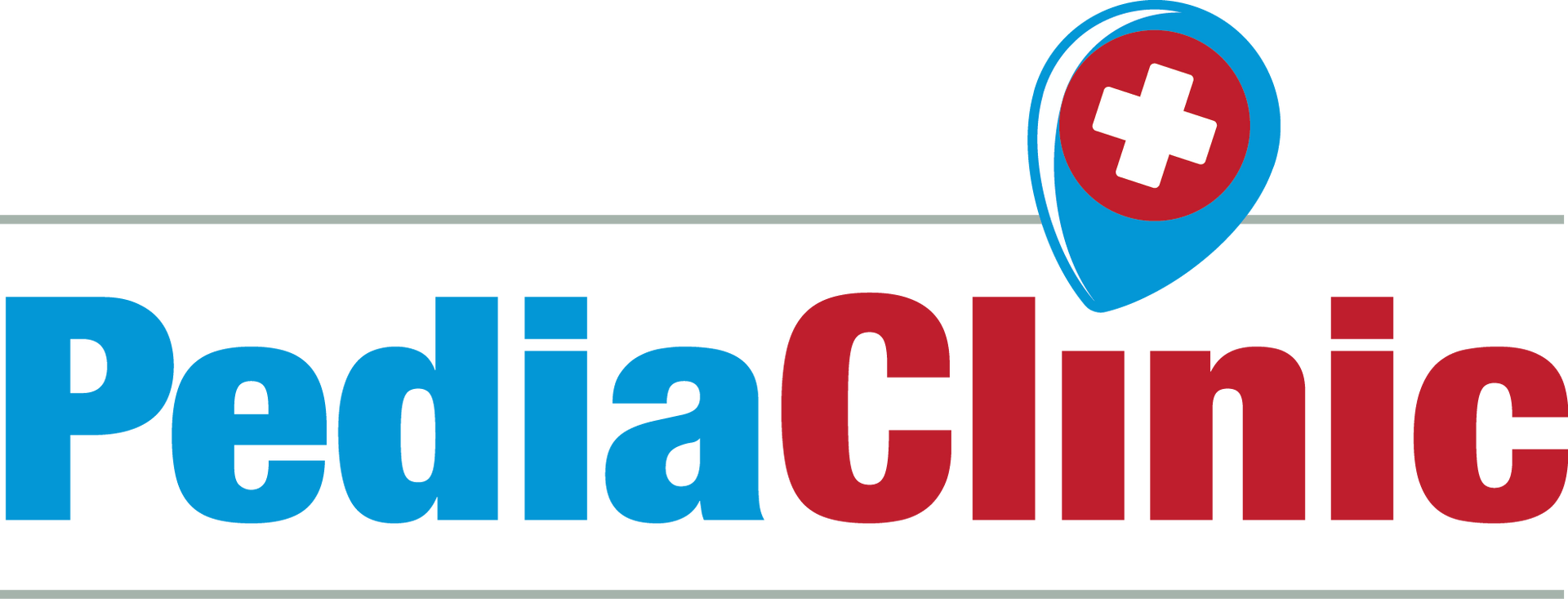Bronchiolitis (RSV)
Definition
- A viral infection of the smallest airways in the lungs
- Wheezing is the main symptom
- Average age for getting bronchiolitis is 6 months (Range: birth to 2 years)
Call or Return If
- Trouble breathing occurs
- Wheezing gets worse (becomes tight)
- Fever lasts more than 3 days
- You think your child needs to be seen
- Your child becomes worse
About This Topic
Symptoms
- Wheezing is a high-pitched purring or whistling sound
- You can hear it best when your child is breathing out
- Rapid breathing at a rate of over 40 breaths per minute
- Tight breathing (having to push the air out)
- Coughing (may cough up very sticky mucus)
- Fever and a runny nose often precede the breathing problems.
- Symptoms are similar to asthma. About 30% of children with bronchiolitis later develop asthma. This is more likely if they have close relatives with asthma. Also likely if they have bronchiolitis more than 2 times.
Diagnosis
- A doctor can diagnose bronchiolitis by listening to the chest with a stethoscope.
Cause
- A narrowing of the smallest airways in the lung (bronchioles) causes wheezing. This narrowing results from swelling caused by a virus.
- The respiratory syncytial virus (RSV) causes most bronchiolitis. RSV occurs in epidemics almost every winter.
- People do not develop life-long immunity to the RSV virus. This means they can be infected many times.
Prevention of Spread to Others
- Cover the nose and mouth with a tissue when coughing or sneezing.
- Wash hands often. After coughing or sneezing are important times.
After Care Advice
Overview:
- Bronchiolitis is common during the first 2 years of life.
- Most children just have coughing and fast breathing.
- Some develop wheezing. This means the lower airway is becoming tight.
- Here is some care advice that should help.
Asthma Medicines:
- Some children with bronchiolitis are helped by asthma-type medicines. Most children are not helped by these medicines.
- If one has been prescribed for your child, give it as directed.
- Continue the medicine until your child's wheezing is gone for 24 hours.
Coughing Fits or Spells:
- Breathe warm mist (such as with shower running in a closed bathroom).
- Give warm clear fluids to drink. Examples are apple juice and lemonade.
- Amount. If 3 - 12 months of age, give 1 ounce (30 ml) each time. Limit to 4 times per day. If over 1 year of age, give as much as needed.
- Reason: Both relax the airway and loosen up any phlegm.
Homemade Cough Medicine:
- Do not give any over-the-counter cough medicine to children with wheezing. Instead, treat the cough using the these tips:
- AGE 3 months to 1 year: Give warm clear fluids to treat the cough. Examples are apple juice and lemonade. Amount: Use a dose of 1-3 teaspoons (5-15 ml). Give 4 times per day when coughing. Caution: Do not use honey until 1 year old.
- AGE 1 year and older: Use HONEY ½ to 1 teaspoon (2-5 ml) as needed. It works as a homemade cough medicine. It can thin the secretions and loosen the cough. If you don't have any honey, you can use corn syrup.
Nasal Saline To Open a Blocked Nose:
- Your baby can't nurse or drink from a bottle if the nose is blocked. Suction alone can't remove dry or sticky mucus.
- Use saline (salt water) nose drops or spray to loosen up the dried mucus. If you don't have saline, you can use a few drops of bottled water or clean tap water. (If under 1 year old, use bottled water or boiled tap water.)
- STEP 1: Put 3 drops in each nostril. (If age under 1 year old, use 1 drop).
- STEP 2: Suction each nostril out while closing off the other nostril. Then, do the other side.
- STEP 3: Repeat nose drops and suctioning until the discharge is clear.
- How often: Do nasal saline when your child can't breathe through the nose. Limit: No more than 4 times per day.
- Saline nose drops or spray can be bought in any drugstore. No prescription is needed.
- Other option: use a warm shower to loosen mucus. Breathe in the moist air, then suction.
Humidifier:
- If the air in your home is dry, use a humidifier. Reason: Dry air makes coughs worse.
Smaller Feedings:
- Use small, frequent feedings whenever your child has the energy to drink.
- Reason: Children with wheezing don't have enough energy for long feedings.
- Offer enough fluids to prevent dehydration.
Avoid Tobacco Smoke:
- Tobacco smoke makes coughs and wheezing much worse.
- Don't let anyone smoke around your child.
What to Expect:
- Wheezing and rapid breathing usually improve over 2 or 3 days.
- Mild wheezing may come and go for up to a week.
- Coughing may last 3 to 4 weeks.
- Recovery is gradual. Symptoms last longer in young infants.
- Some children (2%) with bronchiolitis need to be in the hospital. These children need oxygen or fluids given through a vein.
Return to Child Care:
- Your child can return to child care after the wheezing and fever are gone.
Author: Barton Schmitt MD, FAAP Copyright
Disclaimer: This health information is for educational purposes only. You the reader assume full responsibility for how you choose to use it.
Article 2578
